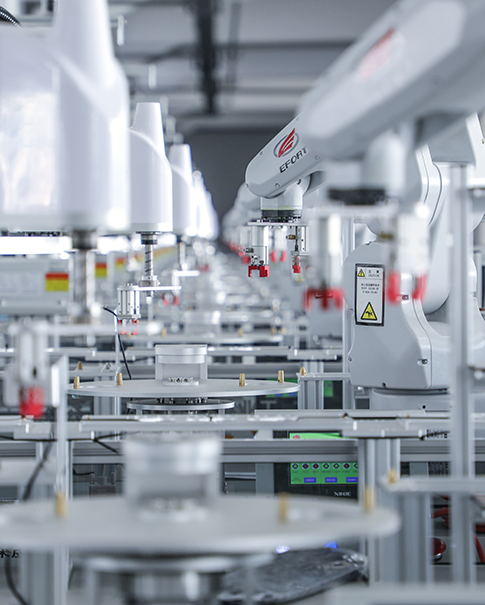The 350900 HTVAS stands out in the market due to its innovative engineering and robust performance. Here are its most notable features:
A. High-Temperature Resistance (Up to 900°F / 482°C)
Unlike conventional sensors that fail under extreme heat, the HTVAS is built to operate reliably in high-temperature environments, making it ideal for gas turbine casing monitoring.
The separation of sensing elements from signal-conditioning electronics ensures stable performance even in the harshest conditions.
B. Dual-Signal Output (Velocity & Acceleration)
Simultaneously measures both acceleration (raw vibration data) and integrated velocity (for machinery protection).
Eliminates the need for multiple sensors, reducing installation complexity and cost.
C. Mineral-Insulated Hardline Cabling
Traditional sensors suffer from connector failures due to vibration and thermal cycling.
The HTVAS uses rugged, mineral-insulated cables, significantly improving long-term reliability.
D. Noise Reduction & Signal Integrity
By integrating velocity and acceleration measurements in one unit, the sensor minimizes signal interference and noise compared to systems that rely on separate probes.
The 350900 HTVAS isn’t just another sensor—it’s a game-changer for industries relying on gas turbine performance. Here’s why:
A. Enhanced Machinery Protection
Real-time velocity monitoring helps detect excessive vibration, triggering protective shutdowns before catastrophic failures occur.
Acceleration data provides deeper insights into mechanical faults, enabling predictive maintenance.
B. Simplified Installation & Retrofitting
Compatible with any gas turbine (regardless of OEM), making it easy to upgrade older systems.
Reduced wiring complexity lowers installation time and costs.
C. Improved Diagnostic Capabilities
Unfiltered acceleration signals allow engineers to detect early-stage bearing wear, misalignment, and blade defects.
Combined data outputs enable more accurate condition monitoring and troubleshooting.
D. Long-Term Reliability
The elimination of connector-based failures ensures continuous operation with minimal downtime.
High-temperature resilience extends the sensor’s lifespan in demanding environments.
The HTVAS is designed for versatility, making it suitable for multiple high-performance applications:
A. Power Generation
Monitors gas turbines in combined-cycle plants, ensuring stable power output and preventing unplanned outages.
B. Oil & Gas
Used in compressor stations and offshore platforms to detect vibration anomalies in critical machinery.
C. Aerospace
Supports jet engine testing and health monitoring, improving safety and operational efficiency.
D. Industrial Manufacturing
Protects large rotating equipment in steel, chemical, and paper plants from mechanical failures.
The 350900 HTVAS seamlessly integrates with existing monitoring systems:
A. Bently Nevada® 3500 Series Compatibility
Works flawlessly with 3500/42M & 3500/44M monitoring modules.
Supports customizable filtering and signal processing for gas turbine-specific needs.
B. Easy Retrofitting for Older Systems
Designed for both new installations and upgrades.
Can replace legacy sensors without major system modifications.
C. Future-Proof Design
Adaptable to Industry 4.0 and IoT-enabled predictive maintenance platforms.
To maximize performance, follow these guidelines:
A. Proper Mounting
Ensure secure casing attachment to avoid false vibration readings.
Use high-temperature adhesives or mechanical clamps for stability.
B. Cable Routing & Shielding
Minimize electromagnetic interference by routing cables away from power lines.
Use shielded conduits in high-noise environments.
C. Regular Calibration & Testing
Perform annual sensitivity checks to maintain accuracy.
Monitor baseline vibration trends to detect sensor degradation.
D. Troubleshooting Common Issues
No signal output? Check power supply and cable integrity.
Excessive noise? Verify grounding and shielding effectiveness.
GE Energy’s Bently Nevada® 350900 HTVAS sets a new standard in vibration monitoring. With its high-temperature durability, dual-signal output, and rugged design, it delivers unmatched reliability for aerospace, power generation, and industrial applications. By simplifying installation, enhancing diagnostics, and reducing maintenance costs, this sensor is an essential upgrade for any facility relying on gas turbine performance. Whether you're retrofitting old systems or equipping new turbines, the HTVAS ensures optimal machinery protection and operational efficiency. For more details, visit GE Energy’s official website or contact their technical support team.
 Network Supported
Network Supported